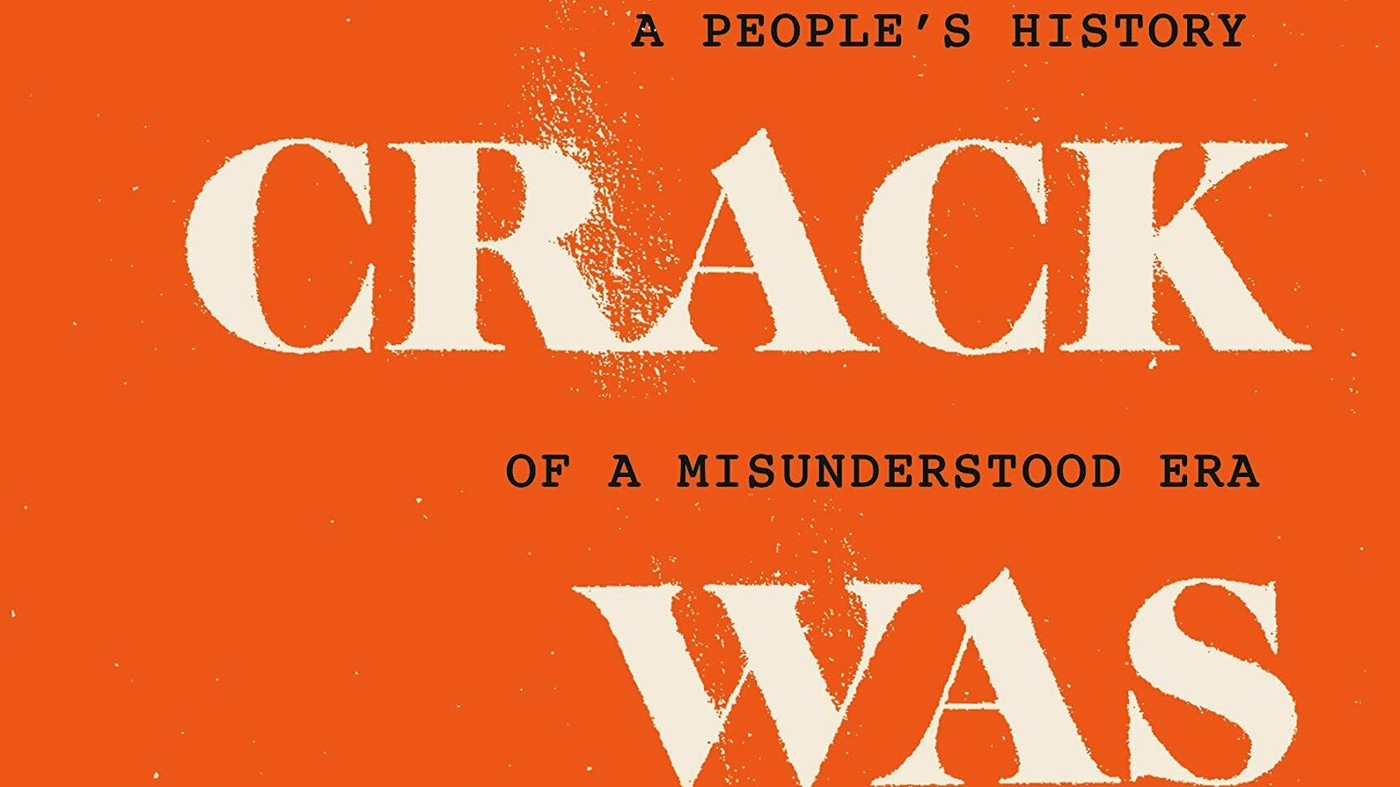
In the introduction to his new book, When Crack was King: A People’s History of a Misunderstood Era, journalist Donovan X. Ramsey recalls how during his childhood in the early 1990s, the term “crackhead” was used as an insult.
“I suppose we made it a slur,” he writes, “because we feared what it represented, a rock bottom to which any of us could sink. That’s what children do when they’re in search of power over things that frighten us. We reduce them to words, bite-size things that can be spat out at a moment’s notice.”
If only that same urge wasn’t so common among adults, especially those in positions of power. But as Ramsey details in King, the crack epidemic is (still) misunderstood in large part due to the willful ignorance reflected in mainstream media coverage in the 1980s and ’90s, as well as the political convenience of soundbites like “crack baby” and “superpredator,” which were actively used to pass legislation that further policed and controlled poor communities of color, and Black people in particular.
Crack is the common term for cocaine that’s been processed using baking soda or ammonia and water in order to make it smokable. This method of cocaine use is highly addictive in part because it provides an intense and fast high that requires frequent use in order to maintain. As with other drug epidemics, there is no single event that led to crack’s popularity and its disastrous effects on so many of its users and dealers.
Rather, the epidemic spread due to a multitude of reasons such as government policies that economically isolated poor communities of color, the so-called War on Drugs and its focus on criminalization, and the falling price of cocaine and the ease with which it could be turned to crack. Ramsey focuses, too, on another important element: grief. The…
Read the full article here

Leave a Reply